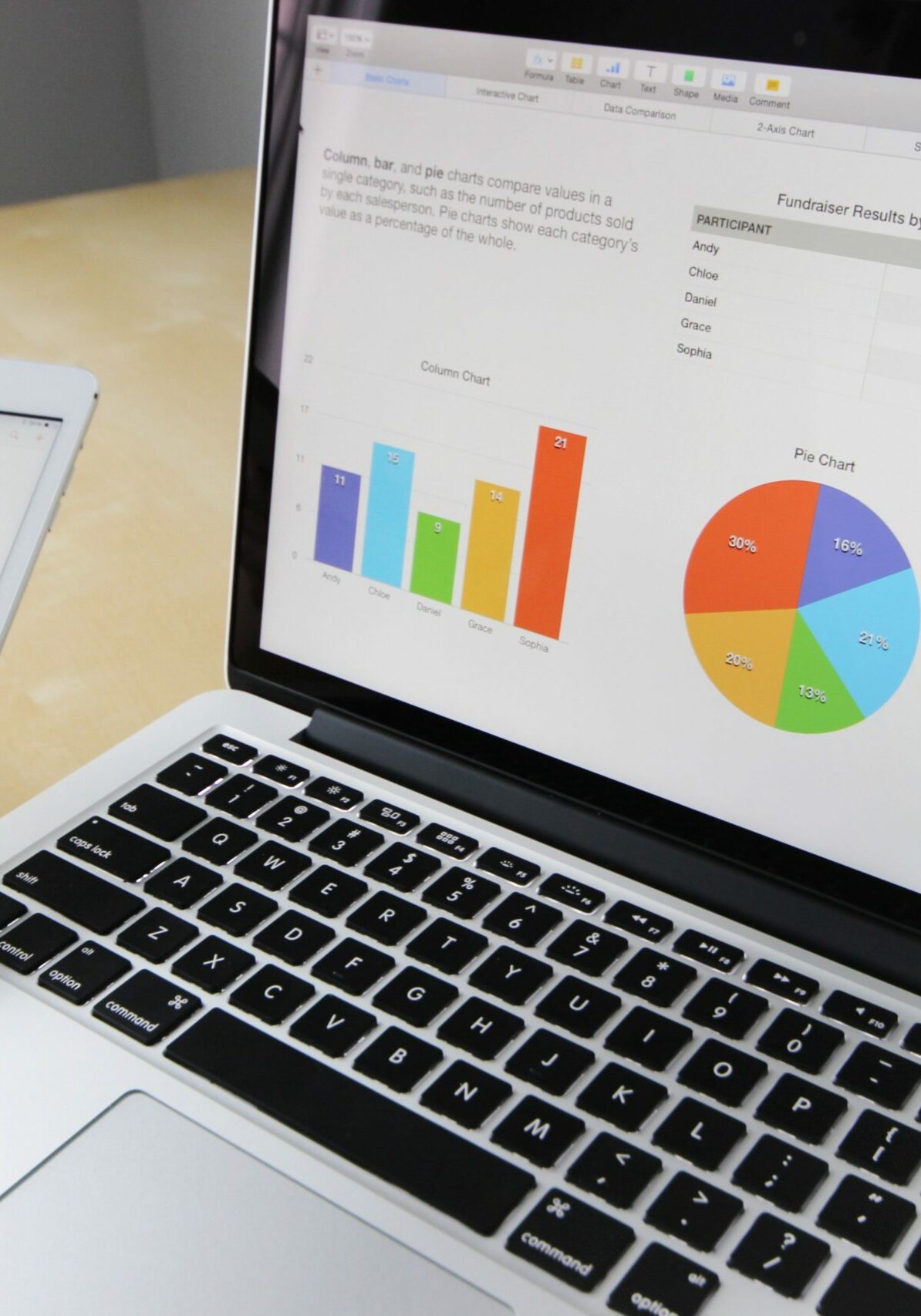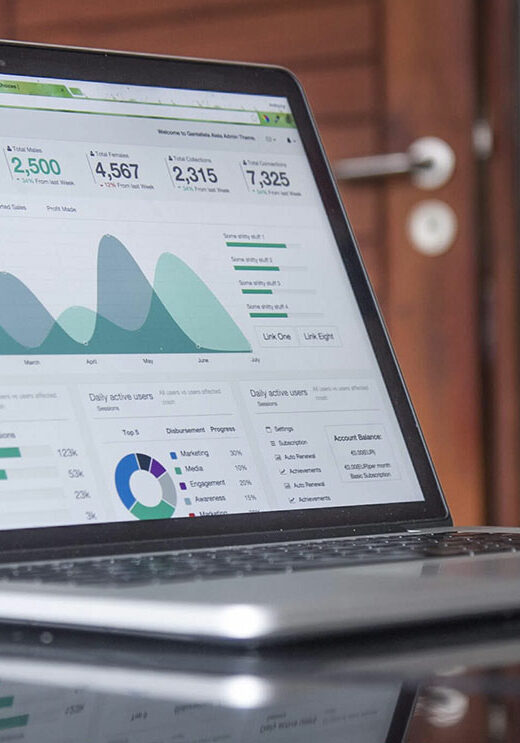The BIG question – Is my business carbon neutral ready?

The BIG question – Is my business carbon neutral ready?

Businesses are realising that they cannot simply close their eyes and hope for the best and that we must all work together to reduce our carbon footprint before it is too late. With that being said, businesses must not just look at the here and now but invest in the future with a plan of action.
Why should this be important to your company?
Well, the UK became the world’s first large economy to set a goal of becoming net-zero by 2050, so yes it kind of is important.
But also, by reducing your carbon footprint, your company will have a long-term impact on climate change for future generations. And by starting now you can get ahead of the game. It can also:
Increase your revenue by differentiating yourself from your competitors in the market.
Being energy-efficient is not only beneficial to the environment, but it can also save your company money.
Employees are now looking for employers who are acting in a sustainable manner.
Customers are increasingly favouring carbon-neutral brands.
It’s only a matter of time before climate regulations, such as carbon taxes, have an impact on your business.




What’s causing my Carbon footprint?
Your carbon footprint can be caused by many things. The entire greenhouse gas emissions created by an individual, event, organisation, service, place, or product, represented in carbon dioxide equivalents, is referred to as a carbon footprint.
According to sustainabilitymag.com, the 10 ten causes of global warming are- overfishing, industrialization, farming, consumerism, transport and vehicles, oil drilling, power plants, waste, deforestation, and the big one, oil and gas. In fact, oil and gas are used in almost every industry as it is used in vehicles, buildings, production and to produce electricity.
Carbon Neutral, Net-Zero and Zero-Carbon
To be Carbon Neutral, you must offset all your carbon emissions as an individual or as a corporation, either by reducing your emissions or compensating for your emissions through carbon-absorbing initiatives.
Planting trees, such as oak, which absorbs the most carbon, is one example of this. I mean depending on your business size you may have to take time out to plant a hell of a lot of trees and is it really do-able for a business, “first thing Monday and right after our morning meeting, Sandra, I would like you to go plant some oak trees.” Maybe not, but there are companies out there that actually do this for a living such as moretress.eco, which will plant trees for your business.
Although the terms “Net-Zero” and “Carbon Neutral” are frequently used together, there are some differences. Net-zero means reducing and offsetting your carbon emissions in equal measure, to put it another way, achieving net-zero means releasing no more greenhouse gases into the atmosphere than you take out. The best thing you can do as a company is to eliminate as many of your emissions as possible.
The holy grail though must be zero-carbon. This is by far the best outcome because no carbon is emitted in the first place. For example, a building running entirely on solar energy, moving to electric vehicles, wind farms, and using zero fossil fuels can help result in zero carbon footprint.
Is my business carbon neutral ready?
Calculating your carbon emissions is the best way to answer that question. So, what kind of energy does your company produce? By doing so, you can determine how to lessen it; is there anything you can truly eliminate? The leftover carbon would then be offset by investing in a cause or programme that actively reduces global carbon emissions.
Look for local support to help you reduce your carbon footprint, for example a net zero consultancy. Depending on where you live, there may be loan programmes, tax credits, subsidy schemes, or financial incentives to encourage you to reduce your emissions. You can also use online resources such as carbon footprint calculators to calculate your overall carbon footprint and gain insights into how to reduce your CO2 emissions.
Finally, make a big deal about it! Put it on social media; this allows you to interact with your followers while also inspiring other people and businesses. A carbon-neutral certification confirms a company's commitment to decarbonisation and the mitigation of any lingering impact through the funding of environmental projects.
By doing so, you are exhibiting your commitment to being a carbon-neutral company, which will attract new customers because people more so now, want to deal with individuals who care about the environment and are actively doing something about climate change.
Finally…
Going carbon-neutral may appear to be a daunting task, but it does not have to be done all at once. Look first at the small changes your company could make to help you move in the right direction. Meet with your employees to discuss how to develop a carbon-neutral strategy, and then hold yourselves accountable for the results.
If you would like some guidance on this or help to create the right message for your company or product range, then Email us here and we’ll get back to you as soon as we can.


Latest Blog Posts.



